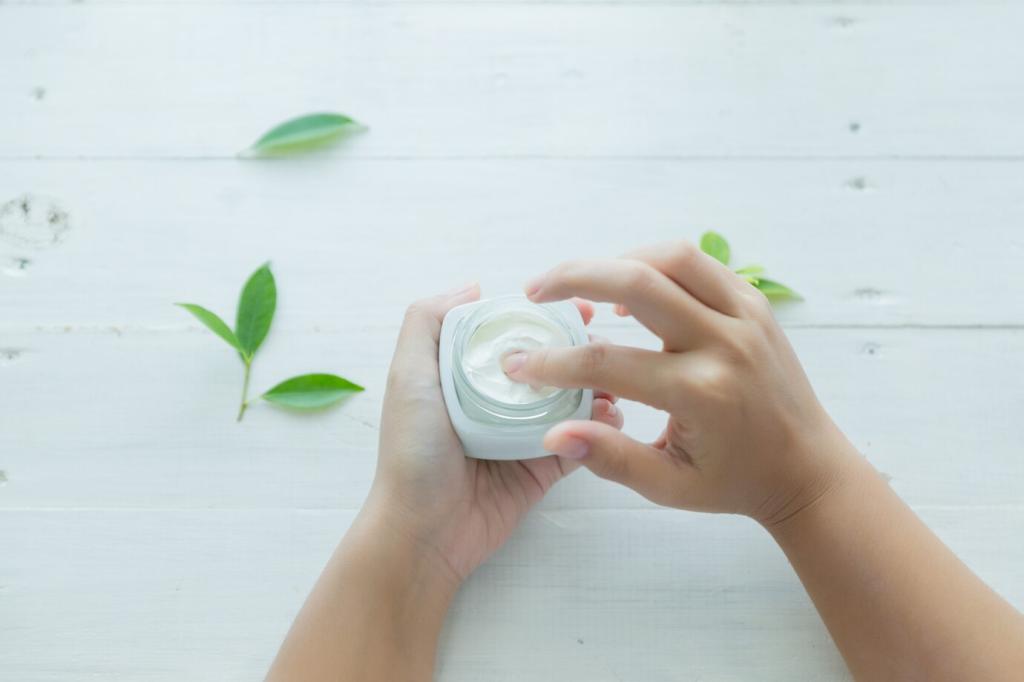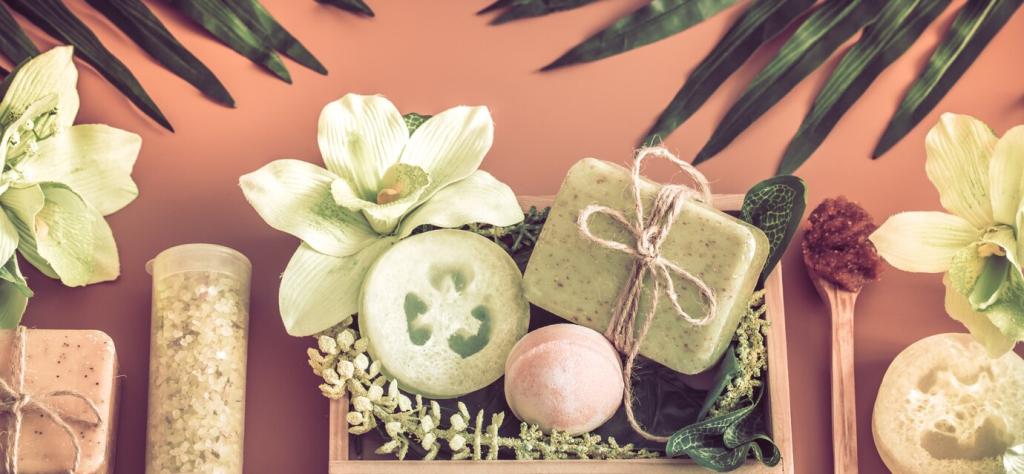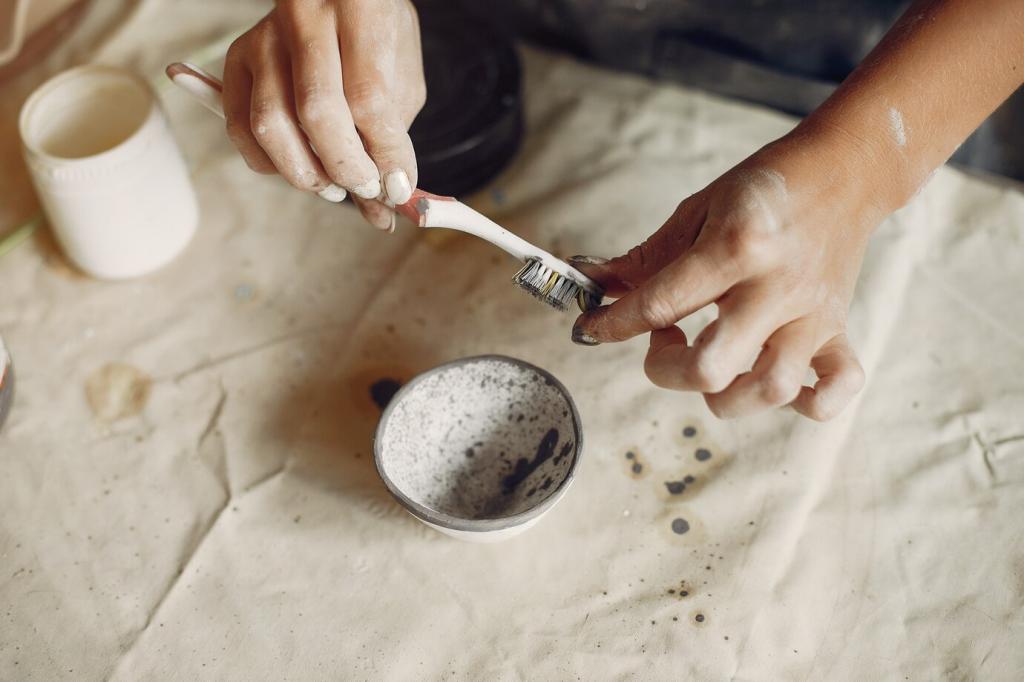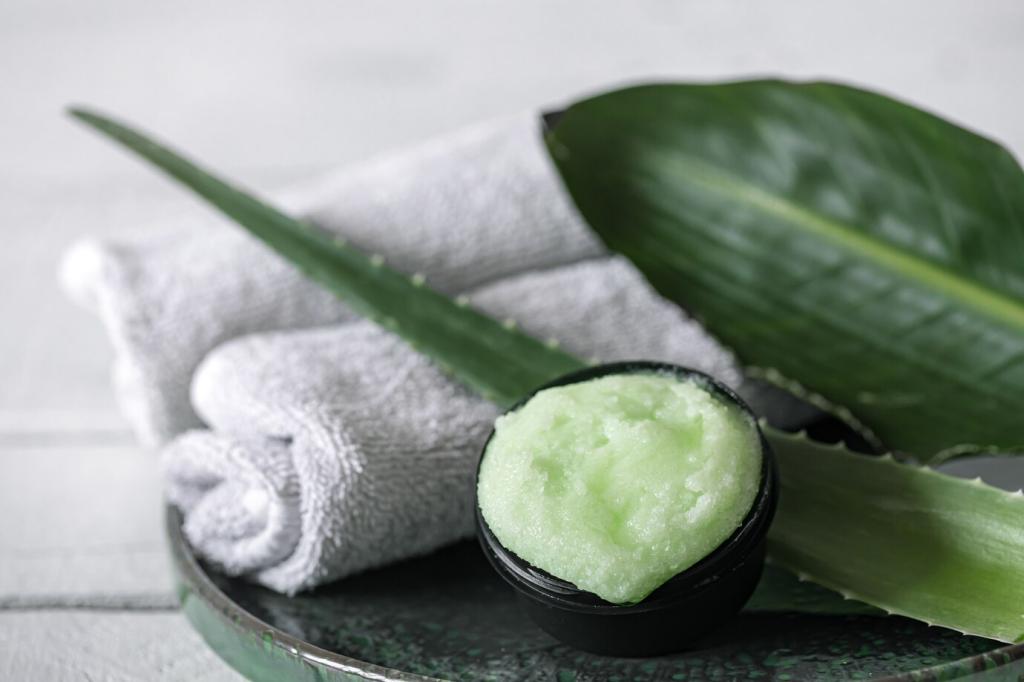Sustainable Polish for Different Wood Types
Chosen theme: Sustainable Polish for Different Wood Types. Bring out a richer, healthier glow in every board and beam while respecting forests, indoor air quality, and the character of each species. Subscribe to follow new guides and share your results.



Working With Hardwoods: Oak, Walnut, Maple
Oak benefits from plant-oil and natural-wax polishes that settle into its open grain. Apply a modest amount, work it across the surface, then buff thoroughly to achieve clarity, reduce dusting, and preserve that tactile, heritage texture.


Working With Hardwoods: Oak, Walnut, Maple
Walnut’s rich chocolate tones glow under tung or polymerized linseed oil blends with carnauba for durability. Keep solvents minimal, allow longer curing, and buff in stages to encourage a deep, even radiance without muddying its unique figure.
Softwoods and Aromatic Species: Pine, Cedar, Fir
Pine’s resinous spots can resist absorption. Use a mild, citrus-derived cleaner sparingly, let the wood rest, then apply a soft, plant-wax polish. Buff with a light touch to avoid compressing fibers and creating shiny pressure marks.
Cedar’s natural scent and reddish hues shine with low-VOC, wax-forward polishes. Apply sparingly to preserve breathability. Overcoating can mute its aroma and flatten color, so test in a hidden corner and build delicately with time.
Fir takes a polish evenly if you respect the grain. Choose a balanced oil-wax blend, apply thin, and buff with long strokes. The result is a clean, natural sheen that keeps its architectural lines crisp and honest.

Tropical and Alternative Materials: Teak, Mahogany, Bamboo
Teak contains its own oils, so choose a sustainable polish formulated for dense, oily woods. Avoid heavy solvent loads. Wipe on thin, let it settle, and buff repeatedly to create a durable, sea-worn glow with minimal build.

DIY Eco-Polish Recipes You Can Trust
Melt shaved beeswax into pure tung oil using a gentle double boiler. Add just enough wax for body, stir well, cool, and label. Apply thinly to oak or walnut, then buff until the grain softly glows.
DIY Eco-Polish Recipes You Can Trust
Combine candelilla and carnauba wax with warm sunflower or hemp oil for a plant-only polish. The mix cures harder than beeswax alone, resists fingerprints, and keeps indoor air friendlier than aggressive solvent-based alternatives.



Application Techniques for a Cleaner Shine
Choose lint-free cotton or hemp cloths, and natural-fiber pads for buffing. Avoid dyed rags that can bleed. Keep a dedicated cloth for final passes to prevent grit from creating faint halos or micro-scratches.
Application Techniques for a Cleaner Shine
Apply thinly, then buff along the grain in long, even strokes. Circular motions can reveal swirls on reflective species like maple. Pause between passes; a cool surface helps the polish set without streaks or pressure gloss.
Low-VOC finishes reduce lingering odors and potential irritants. Keep rooms ventilated while curing, check product disclosures, and enjoy a space where the wood’s scent and warmth, not chemical notes, define the room’s atmosphere.
Care, Air Quality, and Community
Dust with a dry cloth weekly. Refresh high-traffic spots seasonally with a whisper-thin coat and light buff. Avoid silicone sprays that complicate future care. Track dates so you learn each wood’s unique maintenance cadence.
